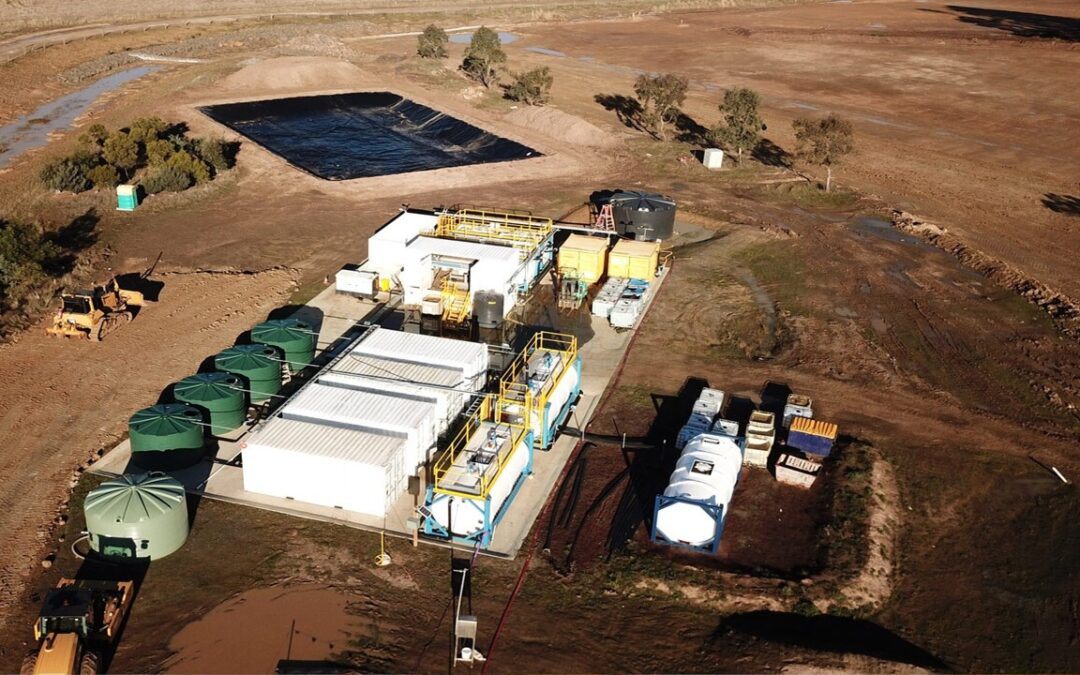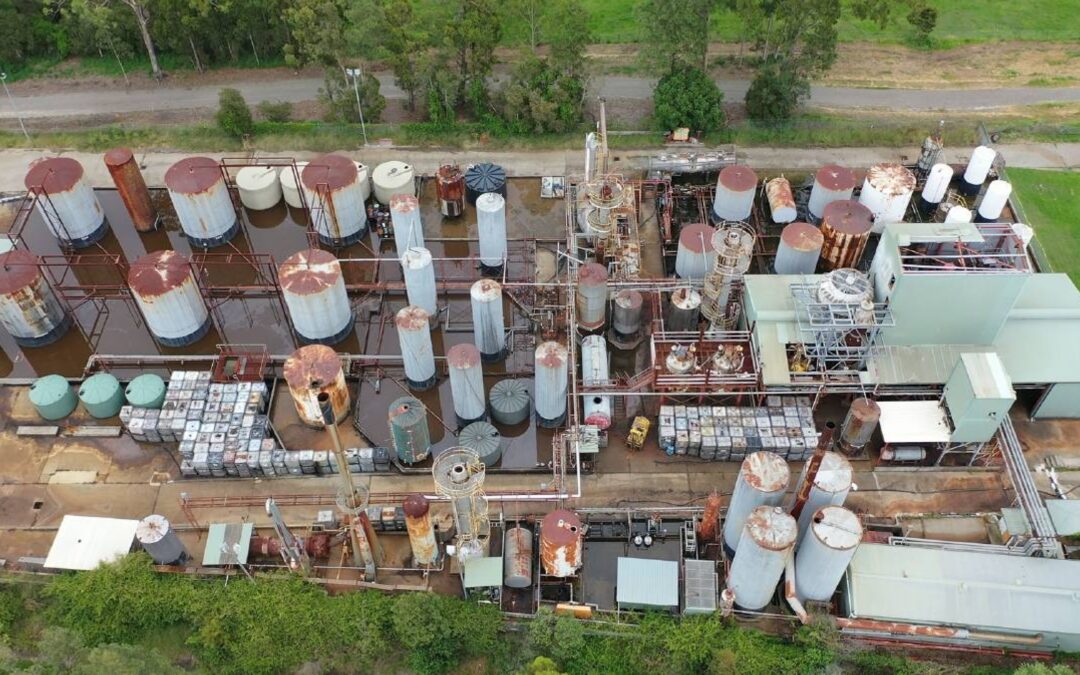40km west of Dubbo, the rural Australian town of Narromine has been facing water security issues for several years. The reservoirs in the region are at critical levels, and several new bores have shown high concentrations of iron and manganese. In 2012, Narromine Shire drilled several new bores to address the ongoing drought, but the water from these new bores contained high levels of iron and manganese. This case study aims to explore how a water treatment plant can be implemented in a rural setting to minimize labour, chemical consumption, and waste production while maximising output, especially during drought relief efforts.
In 2019, Narromine Shire council engaged SciDev to design and construct a temporary water treatment plant capable of producing 2.5 megalitres of water per day. Due to the rural location of the facility, the design needed to incorporate a system that requires minimal operator input and can be remotely monitored and controlled.
Summary
Design and construct a temporary water treatment plant capable of producing 2.5 megalitres of water per day
Treating high levels of iron and manganese
Due to the rural location of the facility, the design needed to incorporate a system that requires minimal operator input and can be remotely monitored and controlled
The existing plant includes a standalone chlorination plant, which can treat the shallow bores
The temporary water treatment plant introduced the use of ozone for the advanced oxidation of dissolved metals, along with a modified filtration media capable of targeting the contaminants.




